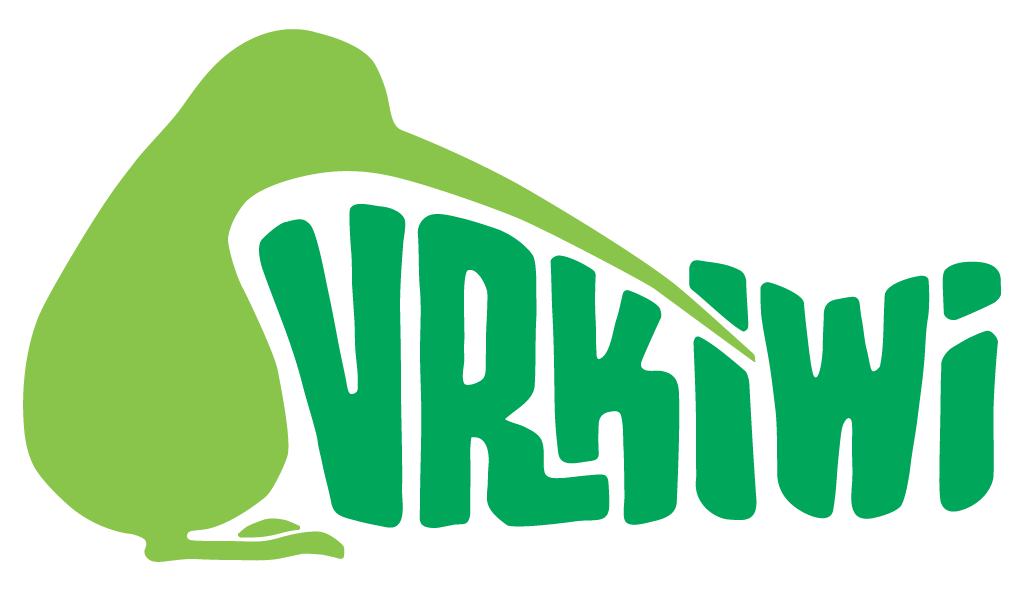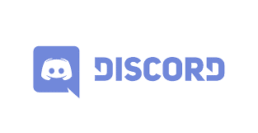Hello, Tiina here, ready to showcase the modeling process of the characters. It’s been a long, but rewarding process to create them.
As per my previous post, I mentioned being keen on character creation in the 3D environments, where I mainly focus on monstery creatures. Shifting to humane anatomy has given me a whole different outlook on the character creation field, especially when I dropped sculpting and approached the models in the traditional 3D modeling workflow.
The first revisions obviously were quite bulky and anatomically challenged. The creation of the face topology didn’t quite pan out, and only after studying anatomy of the muscles of the human face did I learn how to make the correct topology flow. As I progressed with the facial feature modelling, the workflow sped up, as I used the base mesh of the original male head, with minor tweaks, for other versions of the player characters.
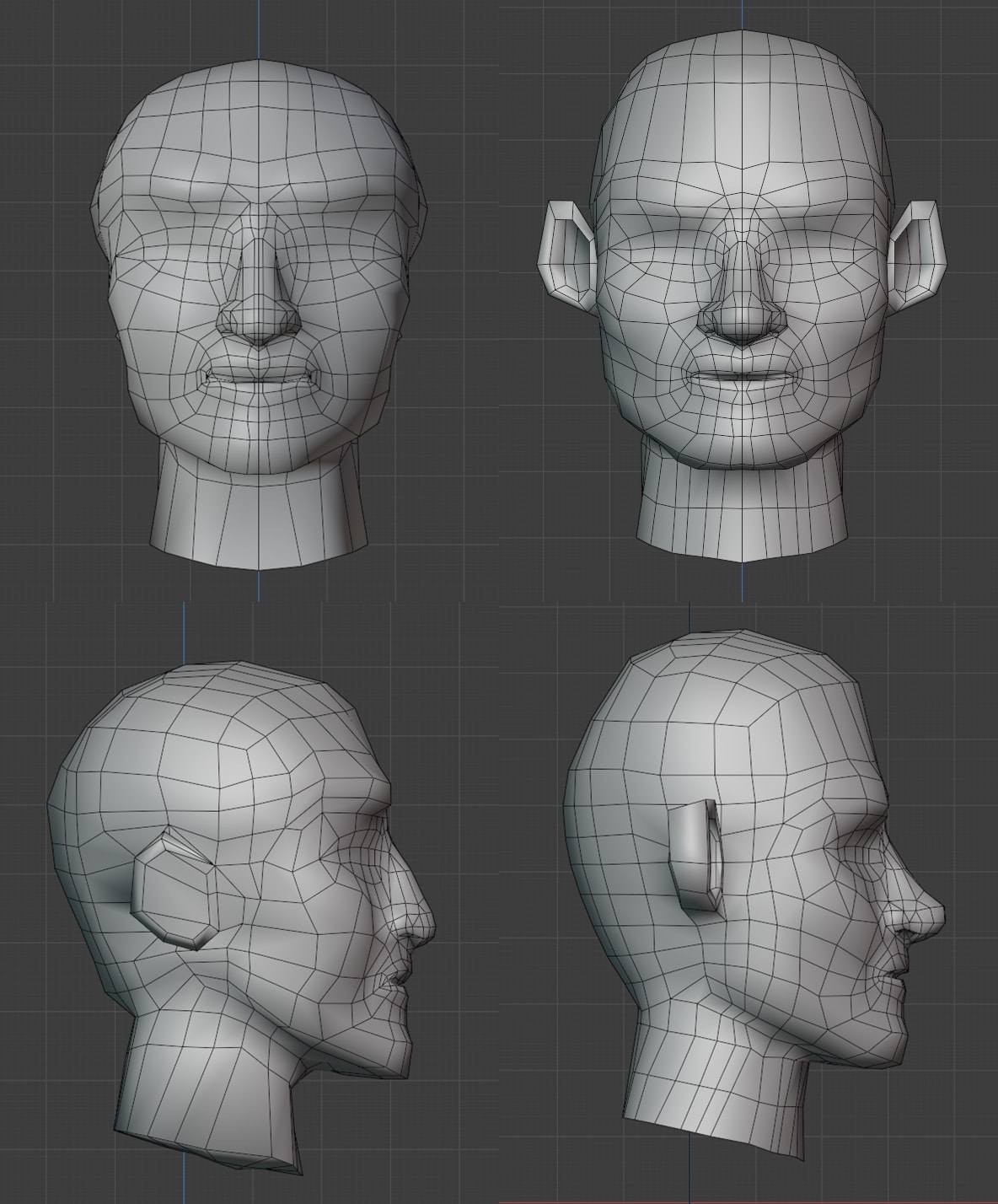
With the hair, we had several discussions amongst the team whether all the characters would have hats or if the hair would be attached to each headgear to avoid clipping issues. In conclusion we felt it would be less limiting for character creation if we keep the character hair and the hats separate.
The creation of the hair was quite simple. I referenced each character design concept, and with a centered plane and mirroring, extruded face by face to the desired shape. In the texturing phase, the art style direction was set by another artist in the team, with hand painted textures, that I began to replicate in later stages.
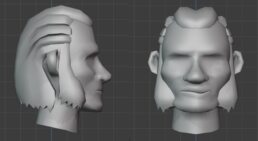
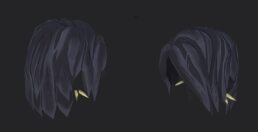
The character body models were easier for me, as they had some non-organic gear, with the majority of them clothed. I created the basic shape of a jacket, to use as a base, and proceeded to add details per concept. Most challenging, thus my favorite, were the ones without clothing or armor, with selected accessories. The modeling itself was quite straightforward, but setting the weights for the armature with all the bits and bobs, each requiring individual attention, was slightly tedious.
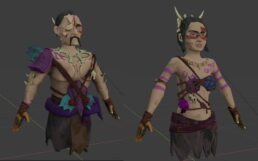
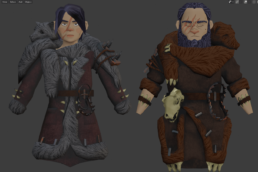
Moving on to the armature. Originally, to save time (krhm, which later proved to be the worst ever choice) I pulled the armature from an external source, MakeHuman. This created several issues, that we had to go around, to finally have a functional rig in the game.
The rig itself was very simply structured, the usual bones that correspond to each mesh part, leaving out controller bone structure. The character model was then imported to Unity, where our programmer set up the poses in VRTK. The more characters I created, the better I got with the weight painting, discovering new ways to set each mesh deformation.
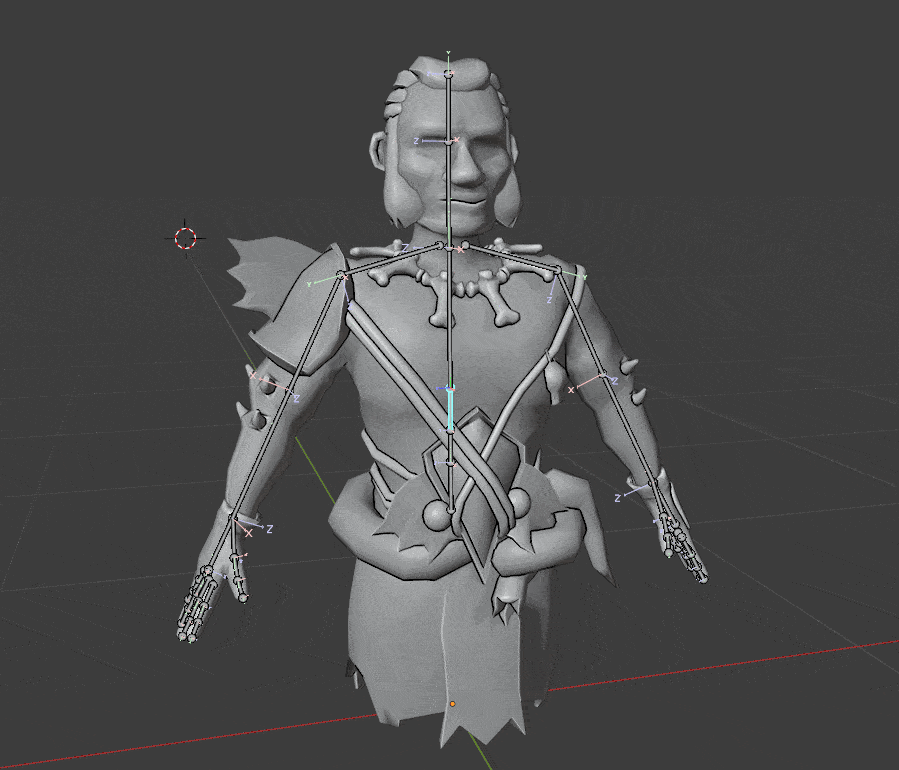
When the overall process and the technical functionality is in place, I pass the models to the texturing artists to work their magic. It’s been a good run, and can’t wait what lies ahead !
Br, Noodleye !
Random development quote: “Hartsa perkele kaatoi sen mökin niin nytten meidän pitää mallintaa betonirekka ja nosturi että saadaan käännettyä se oikein päin“.
